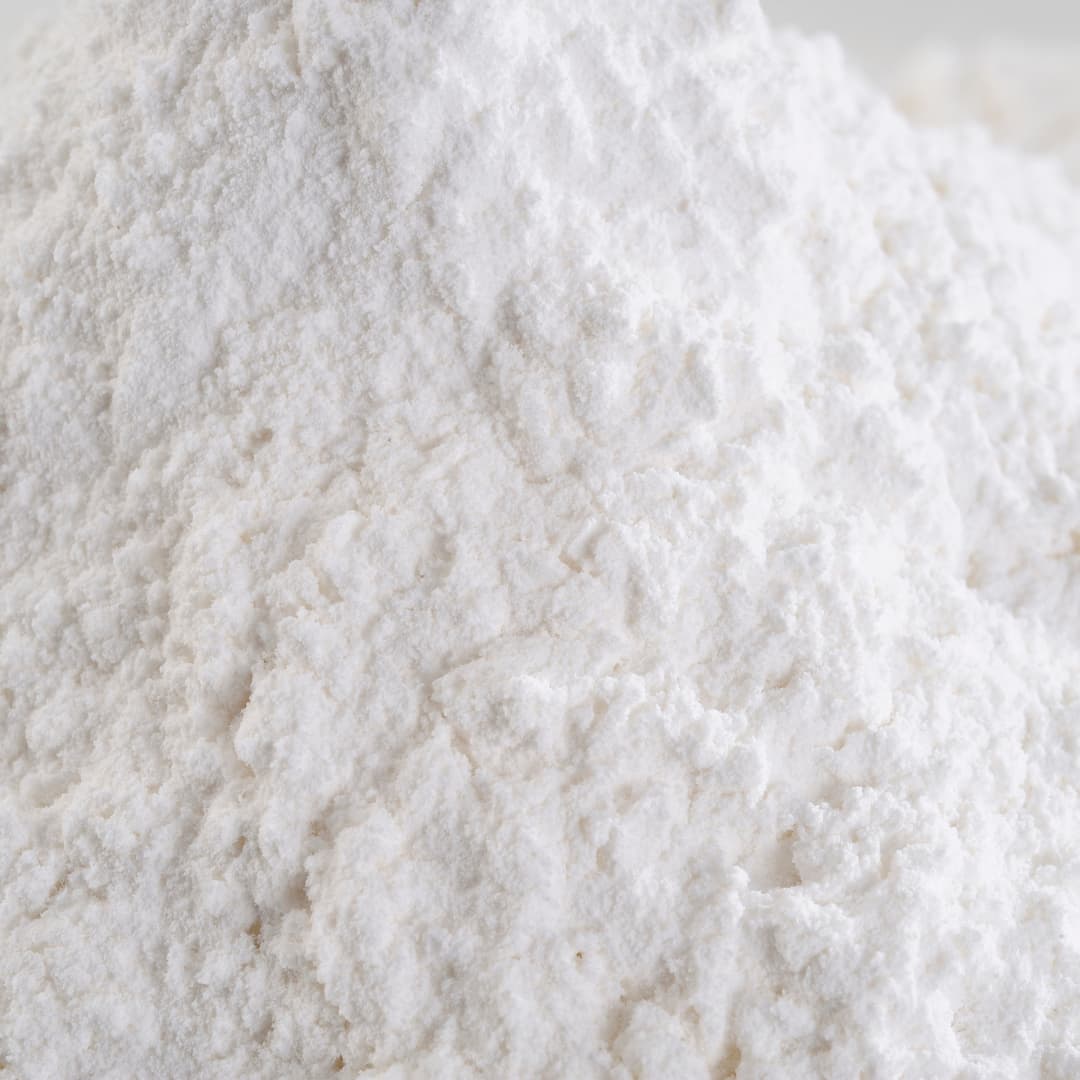历史
氨甲环酸最早由日本研究人员冈本彰祐与冈本歌子在 20 世纪 60 年代首次合成。起初,它被开发为一种抗纤溶药物,也就是说,它通过抑制纤维蛋白(这种蛋白质对血液凝固至关重要)的分解,来帮助防止过度出血。这使得氨甲环酸在治疗如月经过多、外伤以及失血量较大的外科手术等情况时,成为一种非常重要的药物。
随着时间推移,医生开始注意到一个有趣的副作用:接受氨甲环酸治疗出血性疾病的患者,皮肤色斑和色素沉着也有所减轻。这一现象引发了人们的好奇,进而推动了对氨甲环酸在皮肤科潜在应用方面的进一步研究。
科学原理
氨甲环酸通过一种独特的机制发挥作用,使其区别于其他针对色素沉着的护肤成分。在分子层面,氨甲环酸抑制纤溶酶原/纤溶酶系统。纤溶酶由纤溶酶原转化而来,在炎症过程中发挥关键作用,并能刺激黑色素细胞——这些细胞负责生成黑色素。通过抑制纤溶酶,氨甲环酸可以降低黑色素细胞的活性,从而减少黑色素的生成,预防色斑的形成。
此外,研究表明氨甲环酸还具有抗炎特性,这进一步增强了它在治疗黄褐斑、炎症后色素沉着以及老年斑等问题上的效果。它常与维生素 C、烟酰胺和甘草提取物等其他美白成分联合使用,以提升整体功效。
多项临床研究已经证实,氨甲环酸在改善肤色不均方面具有显著效果。例如,发表在《美国皮肤病学会杂志》上的一项研究发现,外用氨甲环酸连续治疗 12 周后,可明显减轻黄褐斑的严重程度。另一项发表在《美容皮肤病学杂志》上的研究则显示,将氨甲环酸与其他美白成分联合使用,可显著改善色素沉着及整体肤色。
参考文献
- Cho, Y. H., Park, J. E., Lim, D. S., & Lee, J. S. (2017). Tranexamic acid inhibits melanogenesis by activating the autophagy system in cultured melanoma cells. Journal of Dermatological Science
- Okholm, S. H., Krog, J., & Hvas, A. M. (2022). Tranexamic Acid and Its Potential Anti-Inflammatory Effect: A Systematic Review. Seminars in Thrombosis and Hemostasis, 48(05), 568-595.
- Prudovsky, I., Kacer, D., Zucco, V. V., Palmeri, M., Falank, C., Kramer, R., Carter, D., & Rappold, J. (2022). Tranexamic acid: Beyond antifibrinolysis. Transfusion, 62(S1), S301-S312.

